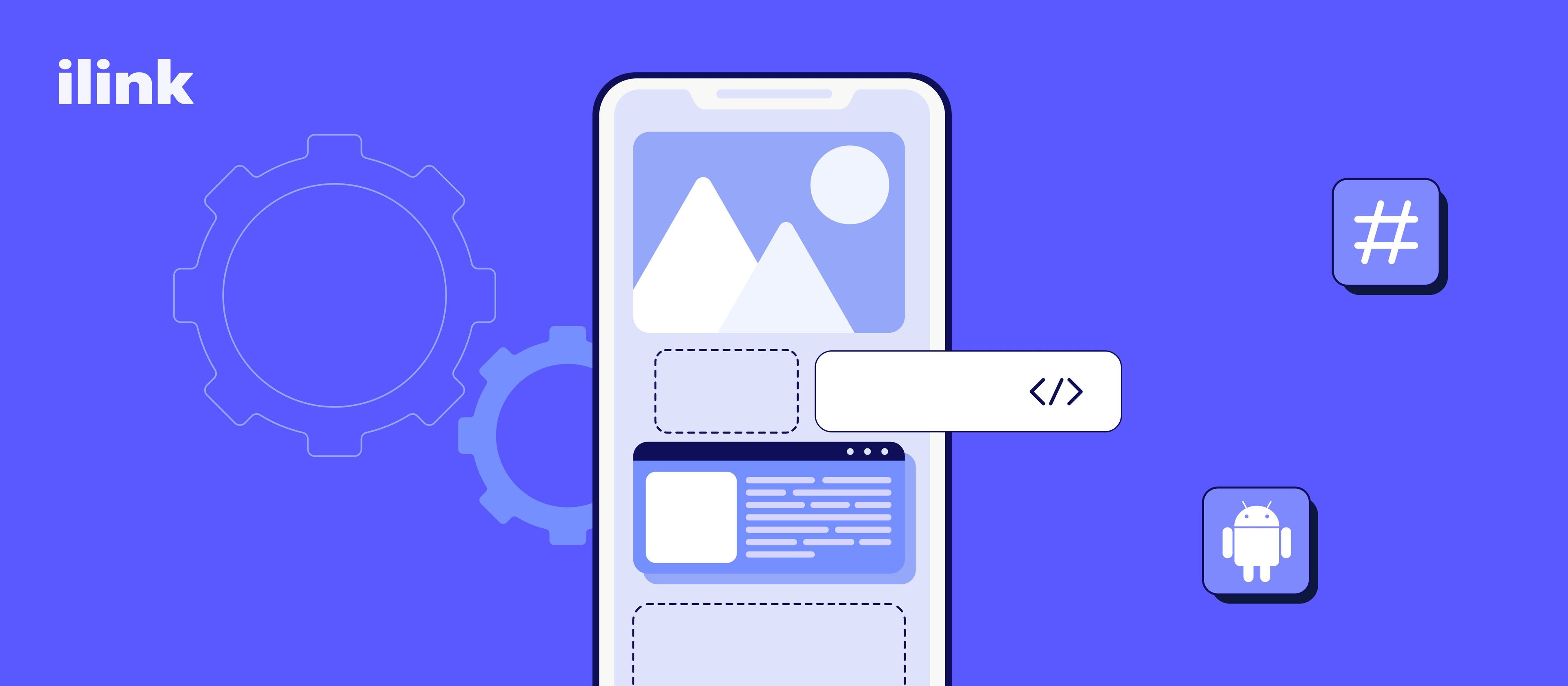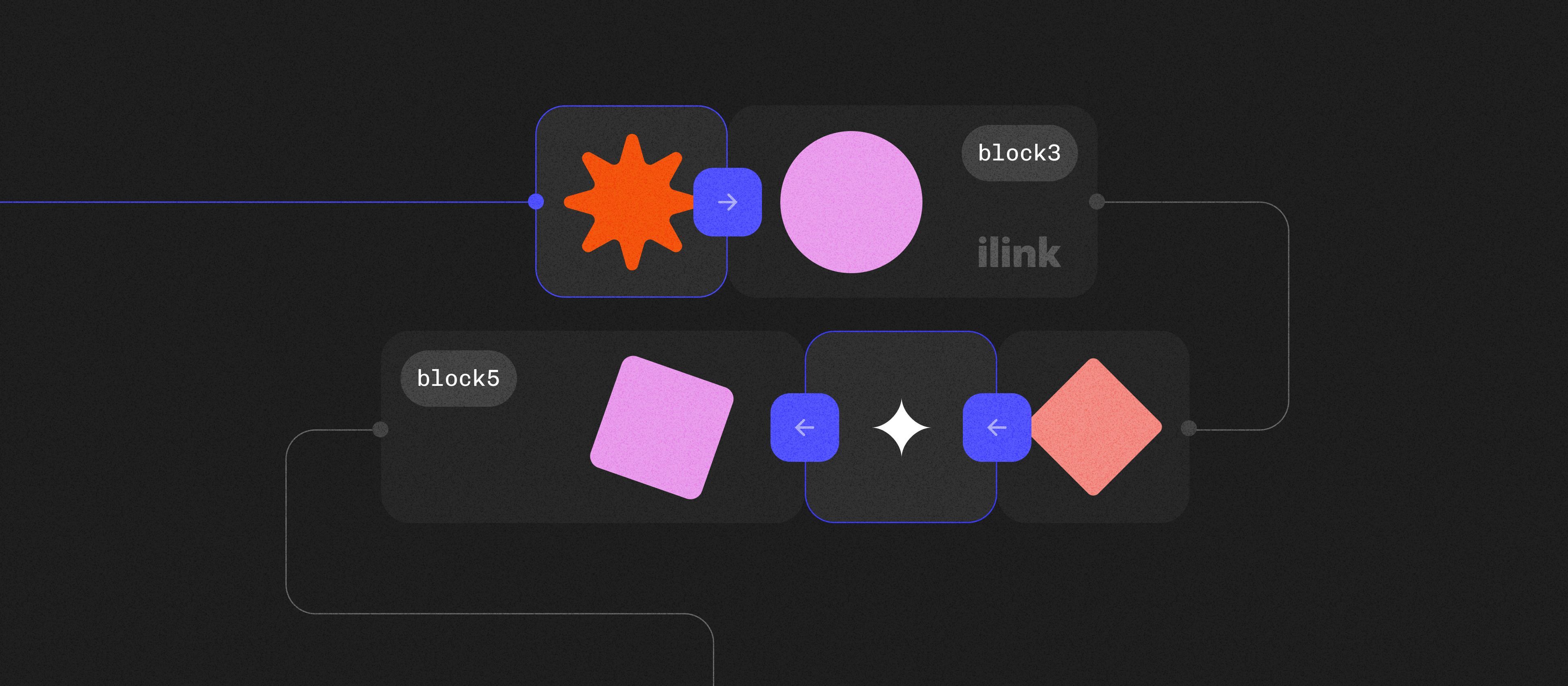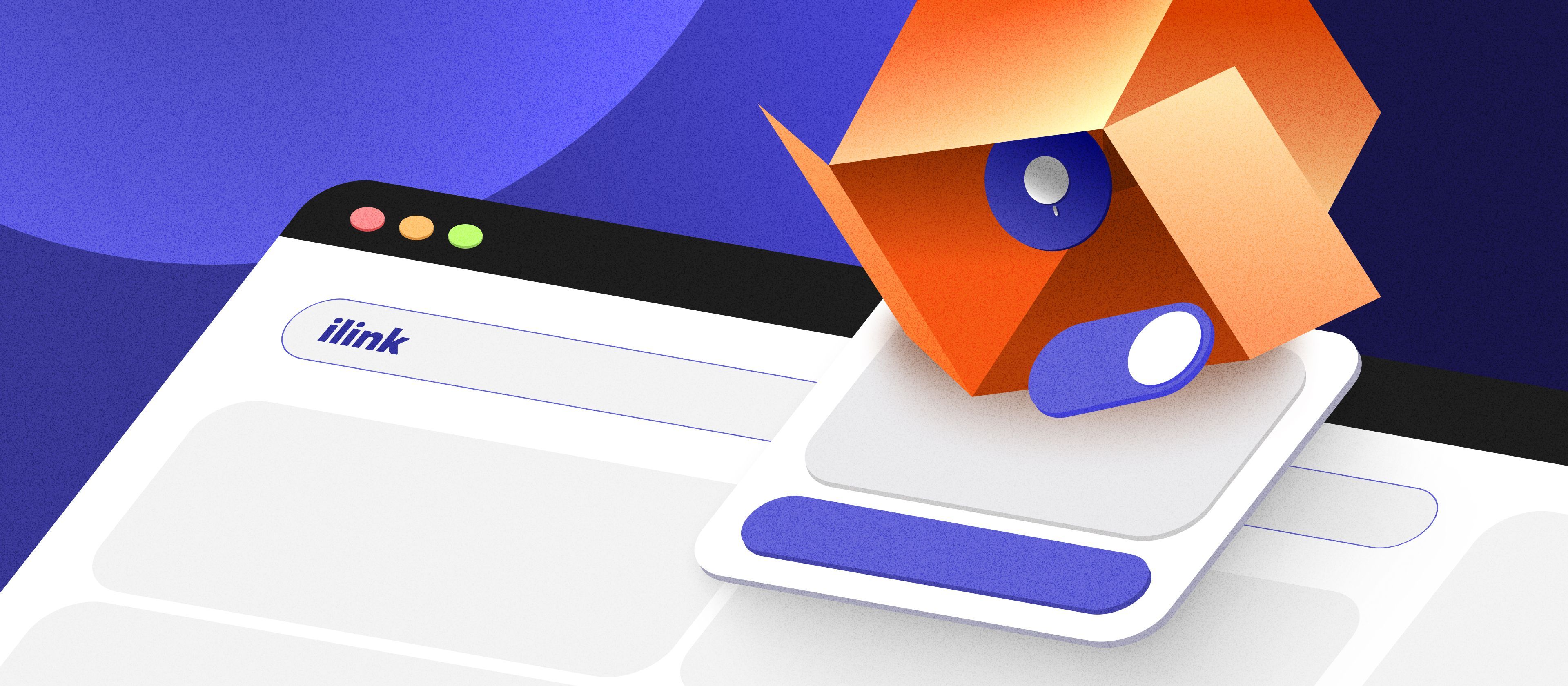How Simple Design Choices Can Improve Website Speed and User Satisfaction
Introduction
In today's digital landscape, the speed of a website and the satisfaction of its users are pivotal for success. As we navigate through a multitude of web pages daily, those that offer quick load times and pleasant user experiences stand out. Interestingly, the key to achieving this lies in the simplicity of design. This article explores how making straightforward design decisions can not only enhance website speed but also significantly improve user satisfaction.
Understanding the Impact of Design on Website Speed
Complex and heavy design elements often hamper website speed. Large, high-resolution images, intricate animations, and layered graphics can considerably slow down page loading times. Each second of delay can lead to a loss of users and, consequently, a decrease in conversion rates. Simplifying design elements is crucial to avoiding these pitfalls and maintaining a swift, efficient website.
Design Choices That Enhance Speed
Enhancing website speed through design is about more than just minimizing file sizes; it involves a holistic approach to web design that focuses on efficiency from the ground up:
- Optimized images and compression. Besides choosing the correct formats, consider implementing lazy loading, where images only load when they enter the viewport (visible part of the web page). This reduces initial load times and saves bandwidth.
- CSS and JavaScript optimization. Beyond minification, use CSS sprites to reduce HTTP requests by combining multiple images into one and using CSS to display only parts of the image. For JavaScript, consider deferring the loading of scripts that are not essential to the initial page render.
- Simplified layout and grid system. Adopting a more minimalist approach to design can significantly reduce unnecessary elements that contribute to page bloat. A clean, grid-based layout aids in creating a consistent structure, which can be easily scaled and is typically faster to load.
- Font optimization. Use modern web fonts efficiently by limiting the number of font weights and features loaded and ensuring text remains visible during web font loading.
Is your business in need of a speed boost and a design overhaul to improve user satisfaction? ilink, a software development company dedicated to transforming your digital presence. Let ilink help you simplify your website's design to achieve maximum efficiency and user engagement.
Enhancing User Satisfaction Through Design
A user-centric design not only meets the needs of visitors but also exceeds their expectations, leading to greater satisfaction and loyalty:
- Intuitive navigation. Streamline navigation to make it straightforward for users to find what they need. Group similar information together and keep menus visible without overwhelming users with choices. Implement a sticky header that remains at the top as users scroll down for easy access to navigation.
- Responsive design. Ensure that your website's design is fully responsive, not just in layout but also in interactive elements. Touch-friendly interfaces, readable fonts on all devices, and adaptable images are crucial for a seamless experience on mobile devices.
- Accessibility. Design with accessibility in mind to cater to all users, including those with disabilities. Use sufficient contrast ratios, accessible fonts, and ARIA (Accessible Rich Internet Applications) labels to improve navigation for screen readers.
- Feedback mechanisms. Include visible feedback for user interactions with the site. For instance, buttons should change appearance when clicked, and forms should provide immediate feedback when submitted or if there's an error.
Best Modern Practices in Website Design:
- Key practices include embracing responsive design to ensure websites perform well on various devices, from desktops to smartphones. Accessibility should be a priority, with designs that cater to all users, including those with disabilities, by adhering to WCAG guidelines.
- Implementing a mobile-first approach is also crucial as mobile usage continues to surpass desktop browsing.
- For enhanced user interaction, progressive web apps (PWAs) offer a native app-like experience in a web browser, improving load times and offline capabilities.
- Lastly, the integration of AI and machine learning can personalize user experiences, adjusting content dynamically based on user behavior and preferences. These practices not only enhance the functionality and aesthetic of websites but also significantly boost user satisfaction and engagement.
Case Studies
Consider the transformation of a popular retail website that revamped its homepage by reducing image sizes and simplifying its navigation menu. Post-revamp, the site saw a 40% increase in page speed and a 30% rise in user engagement. Such examples highlight the direct benefits of simplifying design elements to boost performance and user experience. Simple design choices are more than just aesthetic decisions; they are strategic tools that can dramatically enhance the performance and appeal of a website. By prioritizing speed and user satisfaction through straightforward design tweaks, businesses can see substantial improvements in both user retention and conversion rates.
Comments (0)
Latest Posts
Professional blockchain system development makes it possible to create a secure infrastructure that minimizes risks and accelerates operational processes.
Companies that want to remain competitive actively invest in fintech application development, transforming traditional finance into flexible and technology-driven services.
Do You Have Any Questions?
Leave your details - we will contact you to answer all your questions




